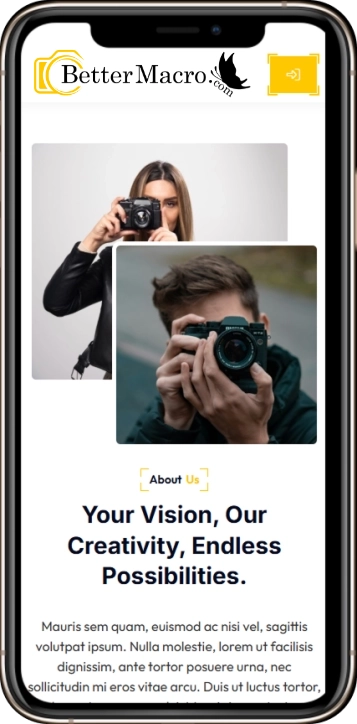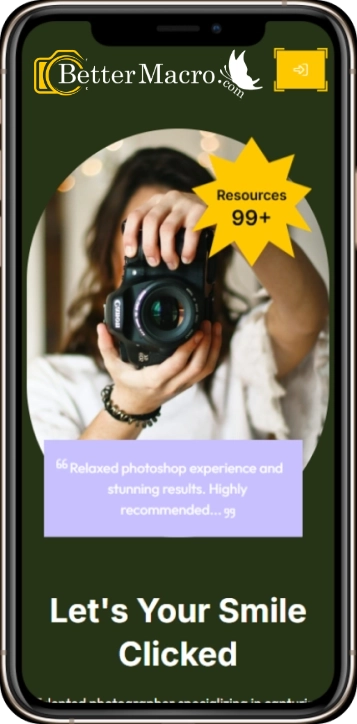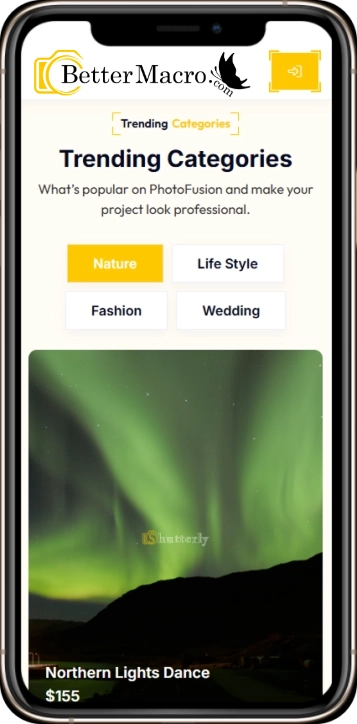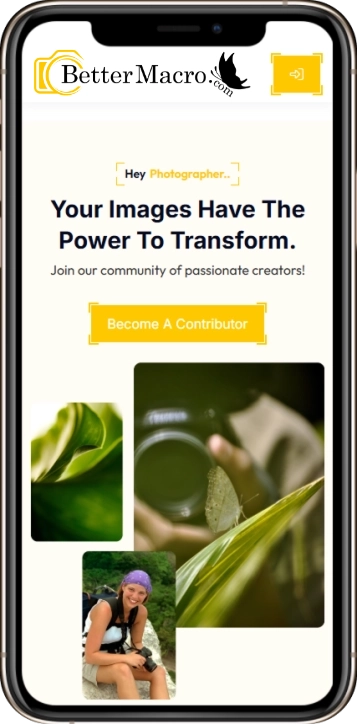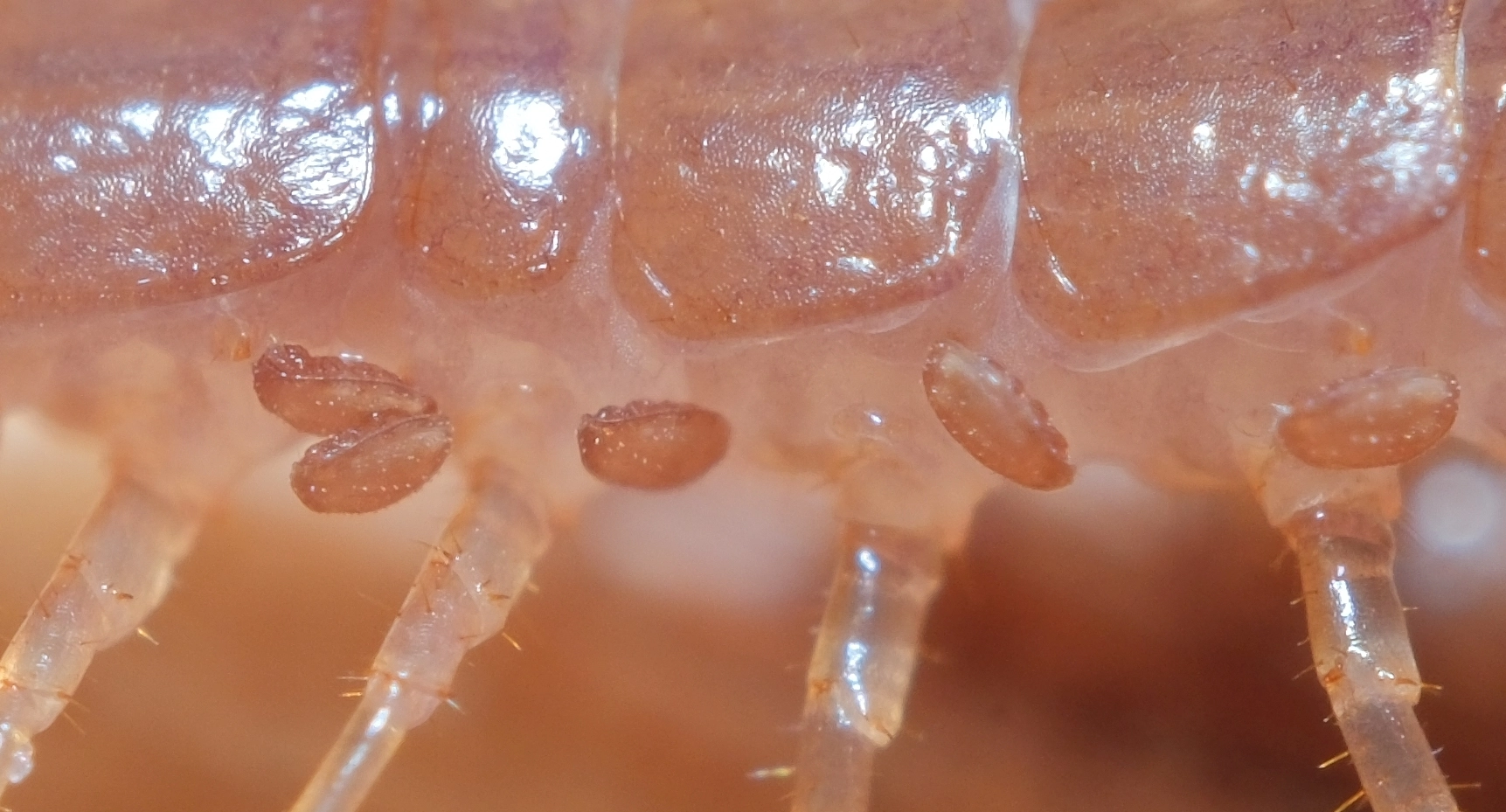
Where Art Meets Science at the Microscopic Scale
While macro photography reveals the hidden beauty of the small, photomicrography takes us even deeper — into the realm of cells, crystals, and microscopic organisms. This niche, where science and visual storytelling collide, offers incredible opportunities for photographers, educators, and researchers alike.
In this blog, we’ll explore what photomicrography is, how it differs from macro photography, the gear and techniques involved, and how to get started — even if you don’t have a lab.
🧪 What Is Photomicrography?
Photomicrography is the process of photographing subjects through a microscope — often at magnifications between 40x and 1000x, or even more.
Subjects may include:
-
Cells and tissues
-
Microorganisms (protozoa, algae, bacteria)
-
Crystals and mineral structures
-
Thin sections of plants, insects, or bones
-
Fluorescent dyes, polarized light patterns, or refractive indexes
🧠 Fun fact: The term photomicrograph was coined in the 19th century. Early pioneers used analog cameras adapted to compound microscopes — some images from the 1800s still exist today.
🔍 Macro vs. Photomicrography: What's the Difference?
📸 Equipment You’ll Need
1. Microscope
-
Compound microscope: Most common for photomicrography (used for cells and slides).
-
Stereo/dissecting microscope: Lower magnification, better for small insects or crystals.
2. Camera Adapter
-
A DSLR or mirrorless camera can be attached using:
-
T-mount adapters
-
Dedicated microscope camera adapters
-
Or use a smartphone mount for simpler setups.
-
3. Illumination
-
Built-in microscope lighting or external LED panels
-
Specialized options: fluorescence lighting, darkfield illumination, polarized light
4. Slides & Sample Prep Tools
-
Glass slides and cover slips
-
Dyes and stains (like iodine or methylene blue)
-
Droppers, tweezers, petri dishes
🧰 Beginner-Friendly Photomicrography Setups
You don’t need a lab to start! Here are a few accessible setups:
-
Smartphone + $50 USB microscope: Great for hobbyists or educational projects
-
Mirrorless camera + basic compound microscope (~$150-$300): For more control and image quality
-
Used lab-grade microscopes: Great deals can be found on auction or surplus sites
🖼️ Creative Techniques in Photomicrography
-
Focus stacking: Combine multiple images for greater depth of field.
-
Polarized light microscopy: Reveal vibrant crystal structures (great for minerals or caffeine crystals).
-
Darkfield microscopy: Makes translucent subjects glow on a black background.
-
Phase contrast or DIC: Adds dimensionality to colorless samples (used in professional biology labs).
🏆 Where to Showcase Photomicrography
-
Nikon Small World Competition
-
Olympus Global Image of the Year Award
-
Your own BetterMacro gallery!
-
Scientific journals or educational platforms
Pro tip: Include scientific context in your image captions. Viewers love learning what they’re seeing, especially with unfamiliar microscopic subjects.
💡 Inspiring Ideas to Try
-
Human hair under magnification: Compare straight vs. curly vs. dyed
-
Plant cells or stomata: Onion skin is a great starting subject
-
Crystals: Try photographing salt, sugar, or vitamin C under polarized light
-
Micro bugs: Use dissecting scopes to photograph insect eyes or antennae
✨ Final Thought
Photomicrography invites us into a world too small for the naked eye — and too beautiful to ignore. Whether you're a scientist capturing data or an artist chasing beauty at the cellular level, this field reminds us that wonders don’t need to be big to be breathtaking.
Let’s keep pushing boundaries — one micron at a time.



